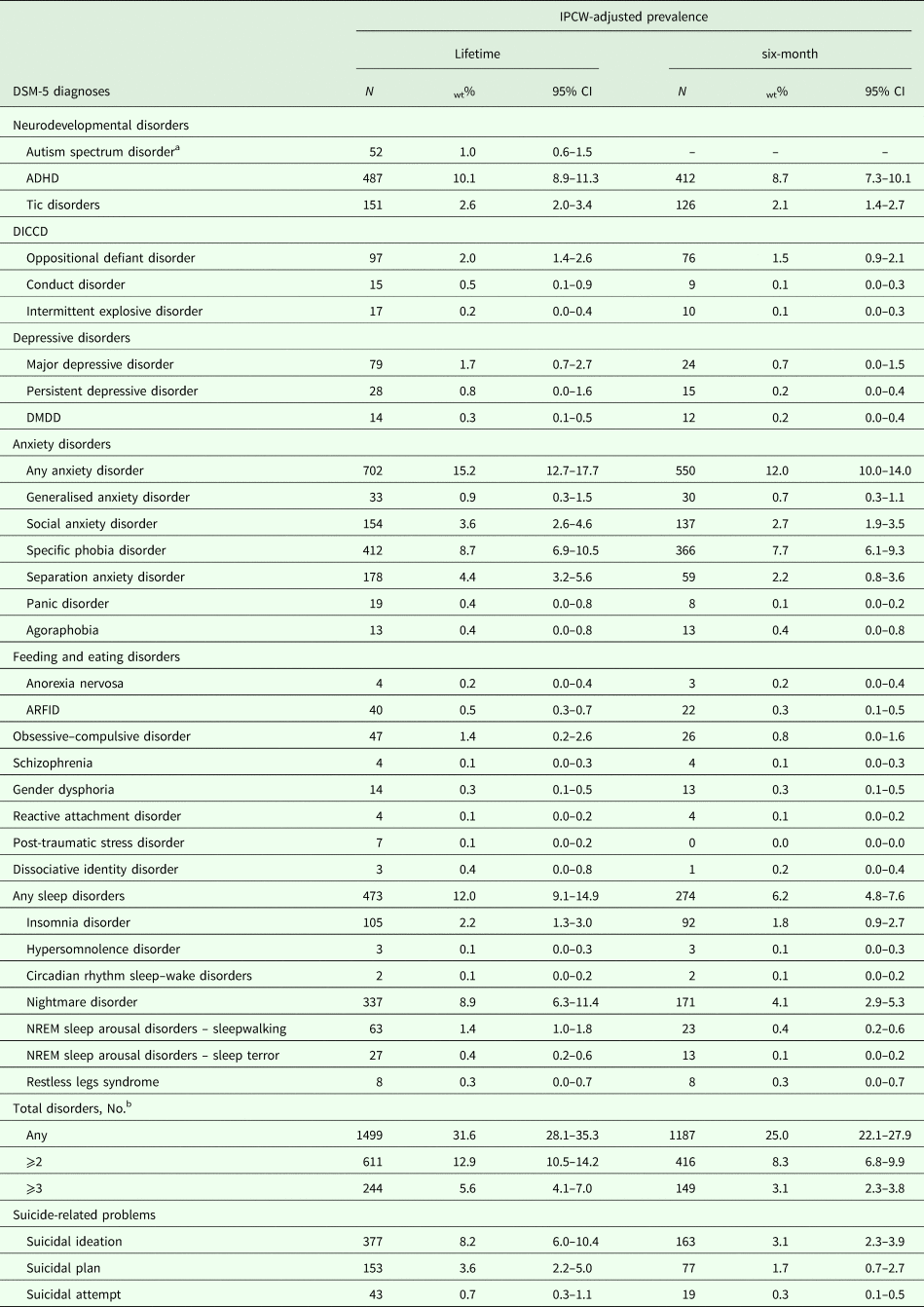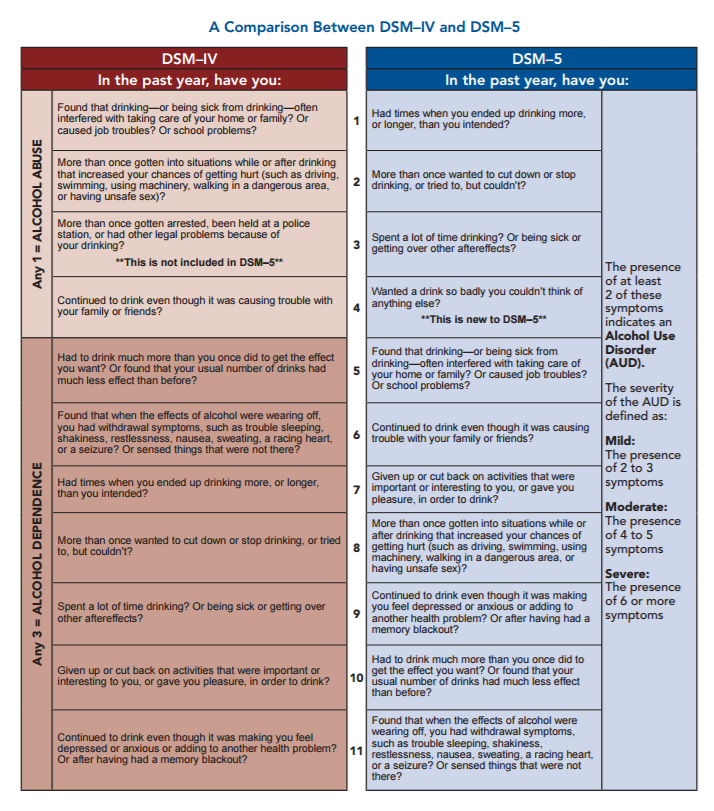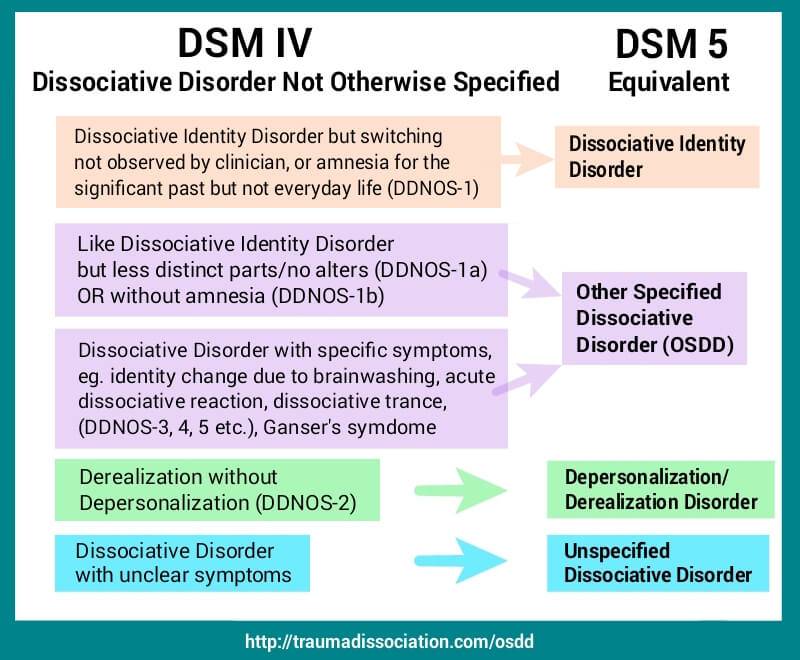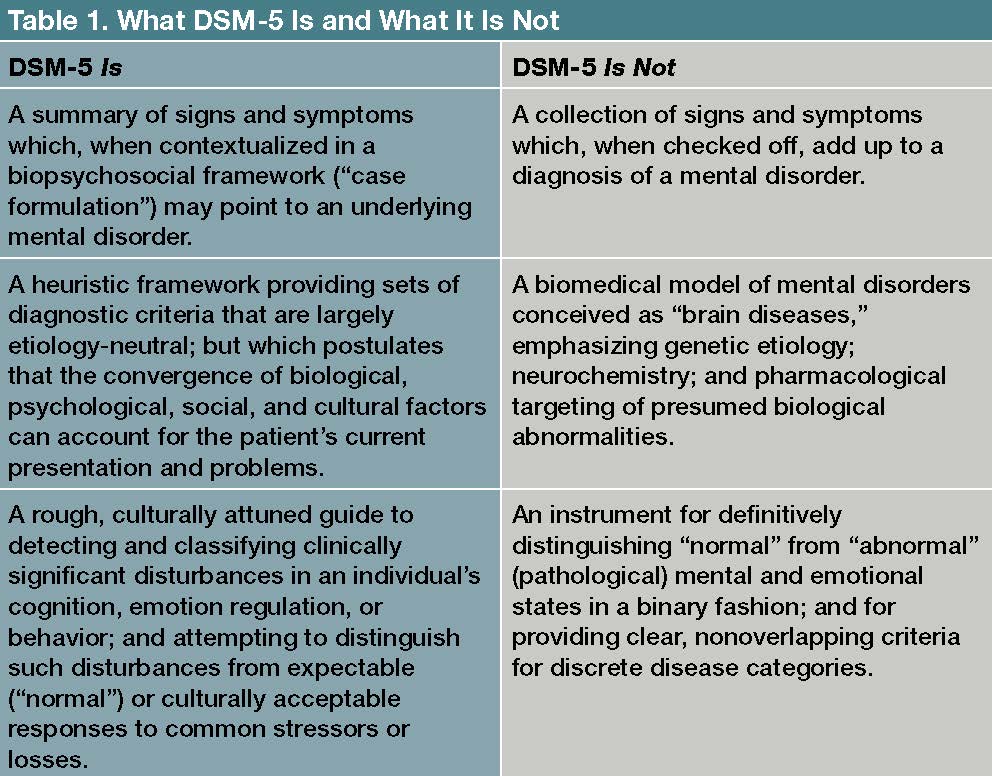

Concern about the categorical system of diagnosis is expressed, but the conclusion is the reality that alternative definitions for most disorders are scientifically premature. It states its goal is to harmonize with the ICD systems and share organizational structures as much as is feasible.
DSM 5 DISORDERS PROFESSIONAL
This introductory section describes the process of DSM revision, including field trials, public and professional review, and expert review. A note under Anxiety Disorders says that the "sequential order" of at least some DSM-5 chapters has significance that reflects the relationships between diagnoses. The DSM-5 deleted the chapter that includes "disorders usually first diagnosed in infancy, childhood, or adolescence" opting to list them in other chapters. Section I describes DSM-5 chapter organization, its change from the multiaxial system, and Section III's dimensional assessments. Note that if a specific disorder (or set of disorders) cannot be seen, e.g., enuresis and other elimination disorders, mentioned in Section II: diagnostic criteria and codes (below), it means that the diagnostic criteria for those disorders did not change significantly from DSM-IV to DSM-5. The same organizational structure is used in this overview, e.g., Section I (immediately below) summarizes relevant changes discussed in the DSM-5, Section I. The DSM-5 is divided into three Sections, using Roman numerals to designate each Section. This part of the article summarizes changes from the DSM-IV to the DSM-5.


5.4 National Institute of Mental Health.5.3 British Psychological Society response.5.2 Borderline personality disorder controversy.1.3.1 Alternative DSM-5 model for personality disorders.1.3 Section III: emerging measures and models.1.2.16 Substance-related and addictive disorders.1.2.15 Disruptive, impulse-control, and conduct disorders.1.2.9 Somatic symptom and related disorders.1.2.7 Trauma- and stressor-related disorders.1.2.6 Obsessive-compulsive and related disorders.1.2.2 Schizophrenia spectrum and other psychotic disorders.1.2 Section II: diagnostic criteria and codes.Critics assert, for example, that many DSM-5 revisions or additions lack empirical support inter-rater reliability is low for many disorders several sections contain poorly written, confusing, or contradictory information and the psychiatric drug industry unduly influenced the manual's content (many DSM-5 workgroup participants had ties to pharmaceutical companies). Various authorities criticized the fifth edition both before and after it was formally published. Notable changes in the DSM-5 include the reconceptualization of Asperger syndrome from a distinct disorder to an autism spectrum disorder the elimination of subtypes of schizophrenia the deletion of the "bereavement exclusion" for depressive disorders the renaming of gender identity disorder to gender dysphoria, the inclusion of binge eating disorder as a discrete eating disorder the renaming and reconceptualization of paraphilias, now called paraphilic disorders the removal of the five-axis system and the splitting of disorders not otherwise specified into other specified disorders and unspecified disorders. In most respects, the DSM-5 is not greatly modified from the DSM-IV-TR however, some significant differences exist between them. The DSM-5 is the first DSM to use an Arabic numeral instead of a Roman numeral in its title, as well as the first " living document" version of a DSM. Treatment recommendations, as well as payment by health care providers, are often determined by DSM classifications, so the appearance of a new version has significant practical importance.

In the United States, the DSM serves as the principal authority for psychiatric diagnoses.
DSM 5 DISORDERS UPDATE
The Diagnostic and Statistical Manual of Mental Disorders, Fifth Edition ( DSM-5) is the 2013 update to the Diagnostic and Statistical Manual of Mental Disorders, the taxonomic and diagnostic tool published by the American Psychiatric Association (APA).


 0 kommentar(er)
0 kommentar(er)
